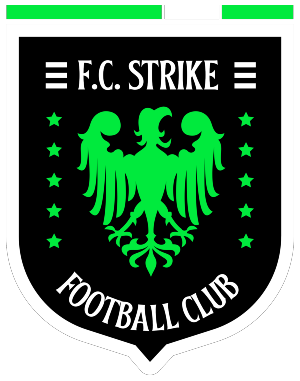In a 3-2-2 formation, the three defenders – often comprising of two full-backs and a central defender or sweeper – form the bedrock of the team. Their main objective is to prevent the opposing team from scoring. However, the role of the defense goes far beyond that, especially in a fluid formation like the 3-2-2. Here’s a closer look at the roles and responsibilities of each defensive position:
1. **Central Defender/Sweeper:** This player sits in the heart of the defense and is typically the last line before the goalkeeper. They’re responsible for dealing with the main threat from the opposition’s central attackers. They should be strong in one-on-one situations, have excellent positioning sense to intercept passes, and command the defensive line to maintain its shape. The central defender often also acts as a sweeper, covering for the full-backs when they go on overlapping runs and clearing any dangerous through balls that bypass the defensive line.
2. **Full-Backs:** The two full-backs have a dual role in the 3-2-2 formation. Defensively, they cover the flanks, tackling opposing wingers, and blocking crosses into the box. However, they also have a key attacking role. They’re expected to make overlapping runs down the wings, stretching the play and creating width. They can cross the ball into the box for the forwards or pass it back to the midfielders. Once the attacking phase is over, they must quickly track back to regain the defensive formation.
Here are some key tactics for defenders in a 3-2-2 formation:
1. **Maintaining Shape:** The defensive trio should maintain a solid shape at all times, keeping the spaces between them consistent. This compactness can deny the opposition spaces to exploit and make it harder for them to break down the defense.
2. **Zonal Marking:** In this system, each defender is responsible for an area rather than an individual opponent. This approach reduces the risk of being dragged out of position, as defenders focus on clearing the ball from their zone rather than chasing an opponent.
3. **Communication:** The defense should work as a cohesive unit, and communication is key to achieving this. The central defender, in particular, should continuously coordinate with the full-backs and the midfielders, ensuring everyone is in sync.
4. **Cover and Support:** If a full-back ventures forward or a central defender steps up to challenge an attacker, the other defenders should adjust their positions to cover the space left open. This ensures that the team is not caught out by quick counter-attacks.
5. **Set-Piece Defending:** Defenders play a crucial role during set-pieces. They need to mark opponents, clear the ball effectively, and organize the defensive wall during free-kicks.
In summary, the defenders in a 3-2-2 formation play a crucial role in both the defensive and offensive phases of play. Their performance can have a significant impact on the game, making defending both an art and a science. So, lace up those boots, stay disciplined, and always remember – a great defense is the best offense!

